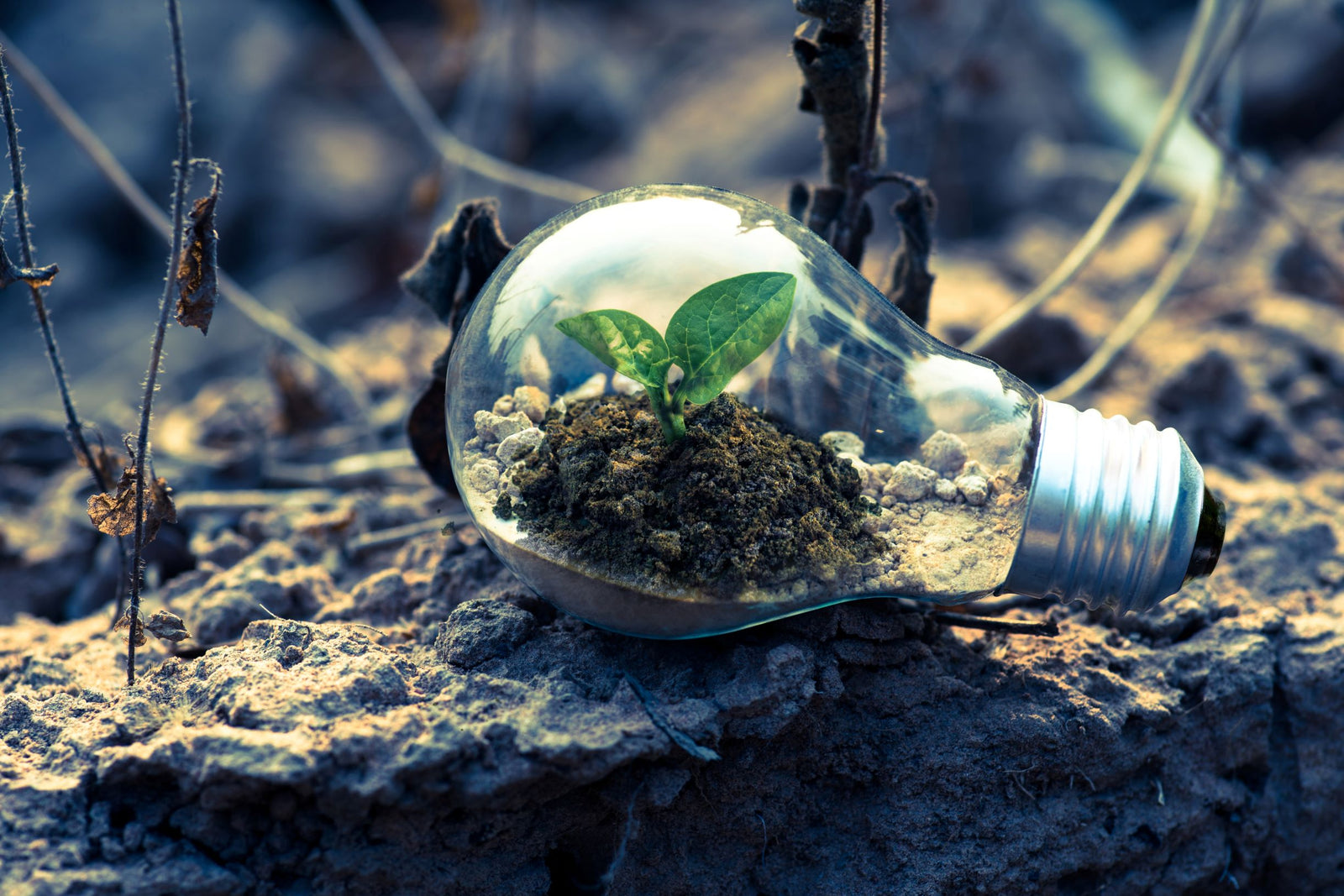Your Cart is Empty
Bulbs are generally the easiest of all plants to care for, and this makes bulbs one of the most popular among gardeners. Because they are relatively easier to care for, simply reading this article on Caring For Your Bulbs 101, will rapidly make you an influential authority on this topic!!
The next section may contain that one little bit of wisdom that changes EVERYTHING.
Bulbs are generally among the easiest of all plants to care for, and this hardiness makes bulbs one of the most popular among all kinds of gardeners. They also come in a wide variety of colors, and a flower bed full of bulbs can be one of the most colorful parts of any garden. Even though bulbs are easy to care for, however, it is still important to care for them properly to ensure you will have a garden full of dahlias, lilies, daffodils, tulips and other bulbs.
As with any type of plant, it is important that your bed full of bulbs receive plenty of water, plenty of sunlight, proper fertilization and a good quality soil. Providing these basic elements is the best way to get your bulbs off to the best start.
When it comes to watering bulbs, it is important to remember that all bulbs need regular watering during their growth and blooming period. For most bulbs, the active growth period begins shortly after they go into the ground, and it continues until the foliage on the plant has died back. The die back generally occurs after the flowering has stopped, or in the autumn of the year.
If there is not enough rainfall available, the gardener should be sure to supplement the water with deep watering, deep enough to reach the root zone, as the roots will be growing underneath the bulb. In addition, providing a good layer of mulch will assist the roots in retaining their all important moisture content. It is important to note here, however, that the bearded iris should never be mulched, since mulching it will cause it to rot.
Proper fertilization is also very important to successfully growing bulbs. The fertilizer should be applied at the time the bulb is planted, in the bottom of the hole, and covered with a thin layer of soil. The bulb should never be placed directly on top of the fertilizer. In addition, the bulbs should be fed with a high nitrogen content fertilizer at the start of the growing season. Providing this extra feeding will help the bulbs to produce more attractive flowers.
After the bulbs have completed their blooming cycle, they will have used up a great deal of their nutrient content. For the bulb to do well the following season it is important for those nutrients to be replenished. There are two steps gardeners should take to ensure that their bulbs will bloom well the next year.
The first step is to be certain that the foliage is left on the plant, even if the foliage looks poor, until the foliage has yellowed and pulls off easily. That is because the leaves will continue to make food for the plant as long as they are green, and this food will help the plant bloom better the next year.
The second step is to provide a good quality fertilizer right after the flowers have begun to fade away. It is important to fertilize with a bulb food which is high in phosphorus and potassium, as this will help the plant thrive the next year.
In order to be their most effective, the phosphorus and potassium in the bulb food must be able to reach the root zone, and for this reason fertilizer should be placed as close as possible to the roots. For a planting that has already been established, the fertilizer should be stretched slightly into the soil to help it move deeper, and the feeding should be followed by a deep watering.
Now, as with all posts on this website, we should ask, 'How will Mikrobs help in this process?' The answer is easy. Mikrobs will ensure that the plant stays healthy, nourished, and pest-free through every step of the way. It will encourage fuller foliage and robust flowering. The microbial activity and the soil ecosystem created by Mikrobs will strengthen the roots and allow the bulbs to increase nutrient uptake (i.e. the important phosphorous and potassium elements that we mentioned earlier in the article!!). Mikrobs will foster healthy, robust growth and flowering from step 1 to 10!
With all this information, you are more than prepared to take on the task of caring for you plant bulbs. Now get out there and grow your flowers!!!
Comments will be approved before showing up.
